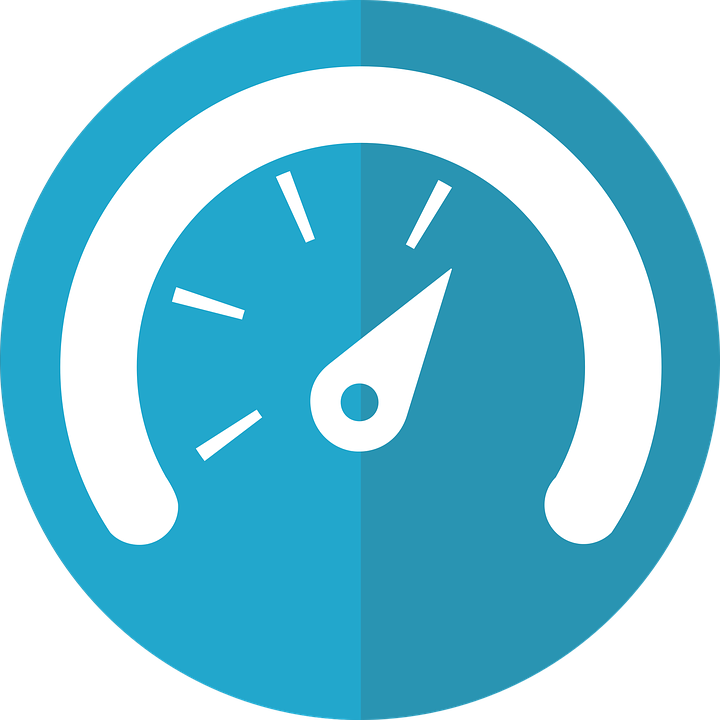Your website is like a hostel – once you build it the way you want it, you need to make sure it stays clean and accommodating. And since each website is unique, this might not always be as simple as you think. In fact, it can take a lot of effort and time, that is, unless you decide to hire someone like Movers Development. We make sure that your website is not only fully optimized but also always at top operational capacity. However, if you wish to assess your website by yourself, we can offer some sound advice. Online metrics for websites are critical when it comes to adjust and developing a solid marketing strategy.
8 important online metrics for websites you should examine

Analytical data you gather from your website is highly valuable. Because without measurement, marketing becomes a guessing game. How would you know the impact of your email campaigns if you do not check the results? So, this kind of insight can tell you how to use content and design adaptation to:
- have your site can rank higher
- attract more visitors
- convert customers
And there are many practical (and free) tools out there to help you measure your website’s performance. But how does one decide which website metrics to measure and follow? Well, here are 8 website metrics you can learn from and adjust to:
#1: Consider the devices people use to search for your services
A majority of people in modern society use their mobile devices to search for services and products. And over 60% of those will disregard your website for all future searches if they have trouble to access it. In fact, almost half of them will go over to a competitors website (or so Google claims). So, if you want to stay on top of design and development trends for those devices, analyze which devices your audience uses and make sure to adapt your website accordingly. A good website post-launch idea would be to test it out on different devices, to ensure that the content is mobile responsive.
#2: Analyze the traffic sources and understand them
Digital marketing teaches the importance of knowing your audience and where they come from. This is why you need to track visitors like Google Analytics:
- Direct
- Organic search
- Referral
- Paid search
- Social and display ads
And once you do understand where your visitors come from, it can help you implement an efficient marketing strategy.
#3: Number of Visits
This type of online metrics for websites can help you understand how your website traffics fares throughout the year. And the situations you usually monitor will be spikes in traffic after you take certain actions, such as:
- Publishing blog posts
- Trade show attendance
- Email campaign
And this way, you can easily see how certain actions you take to influence the online community. As far as the analysis of this type of metrics goes, you need to consider Sessions and Users data. Whereas Sessions data shows the total number of visits (including repeated visitors), Users data gives you an idea of the number of unique first-time users.
#4: Total Views
This metric is a good indicator of the quality of a certain page as well as how easy that page is to find. Basically, total views monitor certain periods of time (days, weeks, months) in search of the number of times a page has been viewed. You can find a typical example of this in website blogs. The more views a certain blog post has, the more people are finding it and reading it (fingers crossed). Bonus advice – in order to create high-conversion pages, make sure that your titles and meta descriptions include relevant keywords and are optimized accordingly.
#5: Bounce Rate
The Bounce Rate basically tells you how interactive your website is for users – the lower it is, the better off you are. It helps you determine how many people visit your website without actually taking any action. Bear in mind that this does not meant they avoided reading the page altogether.

If people are visiting a product page, getting what they need and then bouncing, that’s actually good. On the other hand, a high bounce rate could also indicate issues with the website itself, in terms of:
- bad content
- UX problem
- missing call to action etc.
#6: Pages Per Session
The name is quite self-explanatory – how much did online visitors see before they left the website. And even though some associate this type of online metrics for websites with bounce rates, the data is more concrete.
If you don’t also look at your pages per session, a low bounce rate can be misleading. If you have people skimming through the pages frantically with only spending seconds on them, that means they are unable to find the information they need. And as you can imagine, this is bad for a website. This is one of those clear signs that you ought to consider a re-write of your content.
However, a combination of high pages per session and low bounce rate is what you really want to achieve. And you can achieve this by having top-quality content available. So, if you are not quite sure how to write such content or need a re-write badly, you might want to hire a professional copywriter.
#7: Time spent on pages is another of the online metrics for websites you should consider
This is a great indication of how well your content is working. Knowing how long individual pages can hold a visitor’s attention is very important for any online business or website. The longer someone stays on the page, the more likely it is that they are reading your content. The only issues with this type of metric are that it does not offer accurate results. So, since most sites have a bounce rate higher than 50%, most sites are not getting an accurate data set.

#8: Scroll Depth
It might seem irrelevant but knowing how far down certain pages people scroll is important. This metric really helps your UX, content and design folks re-order information on the page to drive the most engagement.
To conclude and give you something to think about
Remember, none of these metrics tell the entire story by themselves. These 8 online metrics websites, combined with others can give you a clear idea of what others see on your website and how they react to it all. As a result, you can adapt your website and make it better in all kinds of ways.






